15 years of continuous habitation aboard the ISS
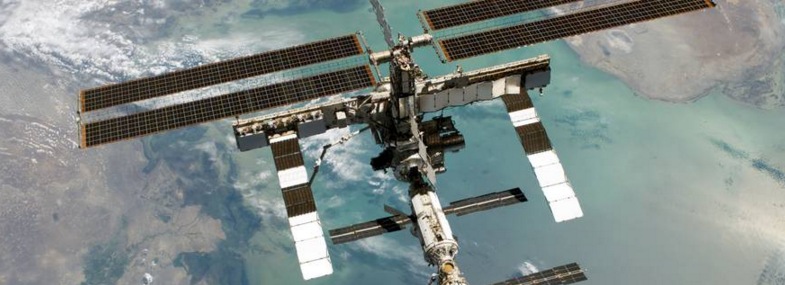
Today, November 2, 2015 marks 15 years of continuous habitation aboard the International Space Station (ISS). Expedition 1, the first station crew, docked on November 2, 2000 after launching two days earlier inside the Russian Soyuz TM-31 rocket from the Baikonur Cosmodrome in Kazakhstan.
After successful docking, Expedition One Commander William Shepherd (Capt., USN), Soyuz Commander Yuri Gidzenko (Lt. Col., Russian Air Force) and Russian Flight Engineer Sergei Krikalev began a pioneering four-month mission to prepare the facility for future scientific research.
The young space station at the time consisted of just three modules including the Zarya module, the Zvezda service module and the Unity module. The crew spent 141 days in space, saw two space shuttle missions and the addition of a solar array truss structure and the U.S. Destiny laboratory module.
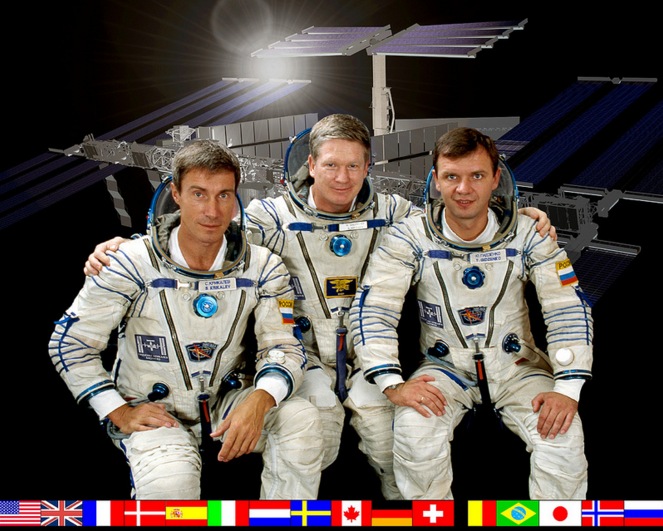
ISS Expedition One Commander William M. (Bill) Shepherd (center) is flanked by Soyuz Commander Yuri P. Gidzenko (right) and Flight Engineer Sergei K. Krikalev (left). Image credit: NASA/Johnson
Expedition 1 activated critical life support systems and unpacked Station components, clothing, laptop computers, office equipment, cables and electrical gear left behind for them by previous Shuttle crews which conducted logistic supply flights to the new complex. By “moving in” to their new home, Shepherd, Gidzenko and Krikalev set the stage for a continuous human presence in space by international researchers.
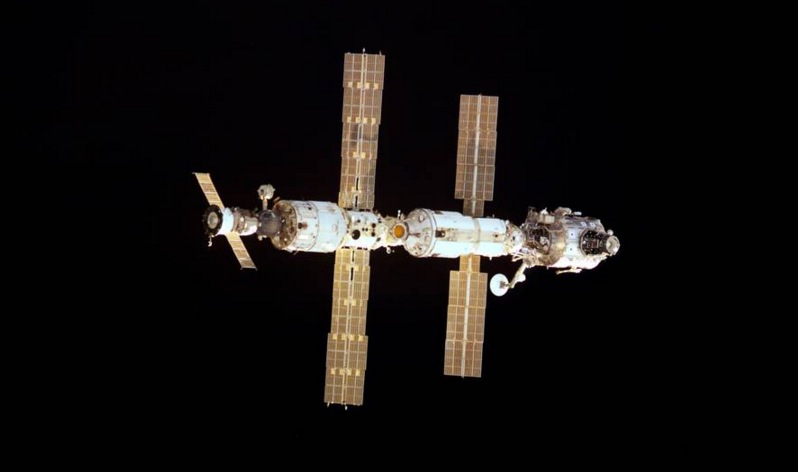
International space Station on November 2, 2000. Image credit: NASA
Today, the ISS is a convergence of science, technology and human innovation that demonstrates new technologies and makes research breakthroughs not possible on Earth. It is a microgravity laboratory in which an international crew of six people live and work while traveling at a speed of about 30 000 km/h (5 miles per second), orbiting Earth every 90 minutes.
More than 220 people from 17 countries have visited the station, constructed over more than 115 space flights conducted on five different types of launch vehicles.
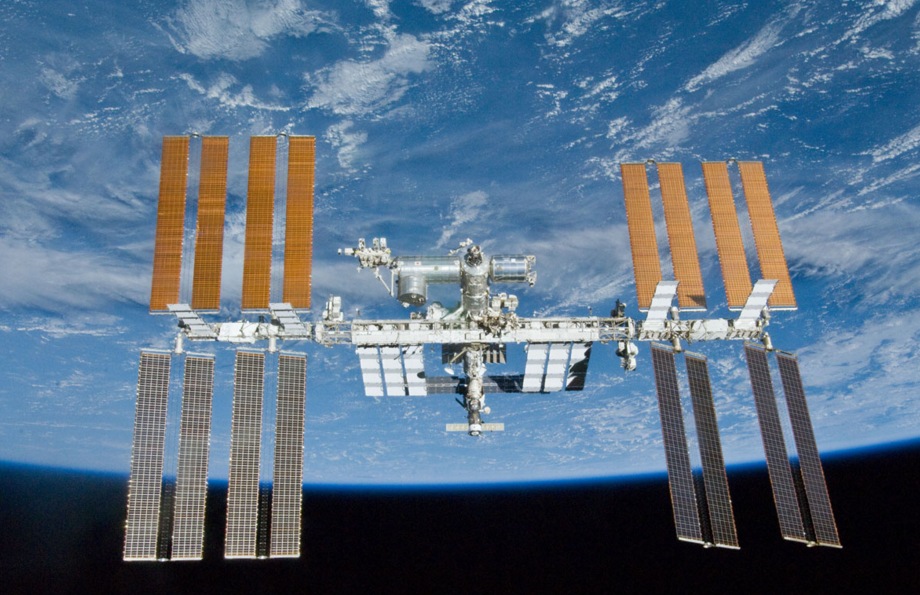
ISS today. Image credit: NASA
22 scientific investigations were conducted during Expedition 1, while a total of 191 scientific investigations will be conducted during Expeditions 45 and 46. To date, more than 1 200 scientific results publications have been produced based on over 1 760 research investigations on the orbiting laboratory.
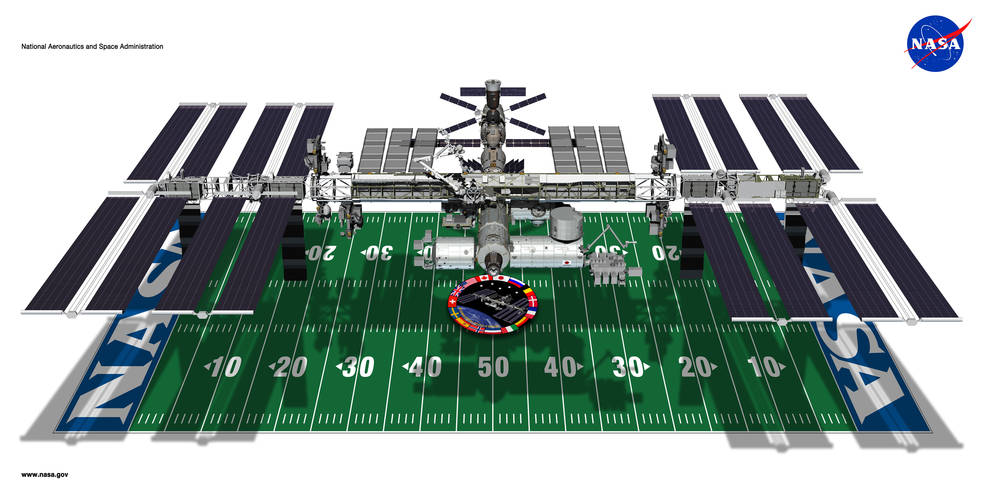
The International Space Station's length and width is about the size of a football field. Image credits: NASA
The current six-member crew, Expedition 45, consists of NASA astronauts Scott Kelly and Kjell Lindgren, Japanese astronaut Kimiya Yui and veteran cosmonauts Sergey Volkov, Mikhail Kornienko and Oleg Kononenko.
Kelly and Kornienko are now halfway through their One-Year Mission aboard the ISS, which is twice as long as typical US missions. This mission is a stepping stone to future missions to Mars and beyond. It should provide new insights into how the human body adjusts to weightlessness, isolation, radiation and stress of long duration spaceflight, and validate countermeasures for astronaut physical and mental well-being during such missions in the future.
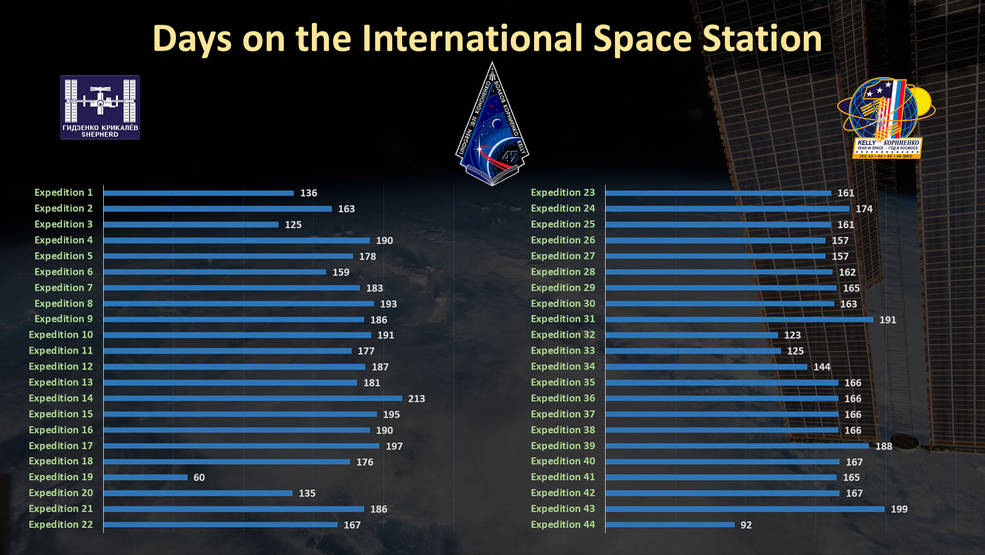
Space station crews, also known as Expeditions, typically stay in space for about 5-1/2 months. However, two crew members, NASA astronaut Scott Kelly and Roscosmos cosmonaut Mikhail Kornienko, are living and working in space for one year until March 2016. Image credit: NASA
“For 15 years, humanity’s reach has extended beyond Earth’s atmosphere. Since 2000, human beings have been living continuously aboard the space station, where they have been working off-the-Earth for the benefit of Earth, advancing scientific knowledge, demonstrating new technologies, and making research breakthroughs that will enable long-duration human and robotic exploration into deep space,” NASA Administrator Charles Bolden said in a statement.
In recognition of the 15th anniversary of the arrival of the first Expedition crew to the International Space Station, the six crew members currently serving aboard the orbital outpost talked to the media about the fifteen uninterrupted years of human presence aboard the station.

Video courtesy of NASA
Featured image credit: NASA

Commenting rules and guidelines
We value the thoughts and opinions of our readers and welcome healthy discussions on our website. In order to maintain a respectful and positive community, we ask that all commenters follow these rules:
We reserve the right to remove any comments that violate these rules. By commenting on our website, you agree to abide by these guidelines. Thank you for helping to create a positive and welcoming environment for all.